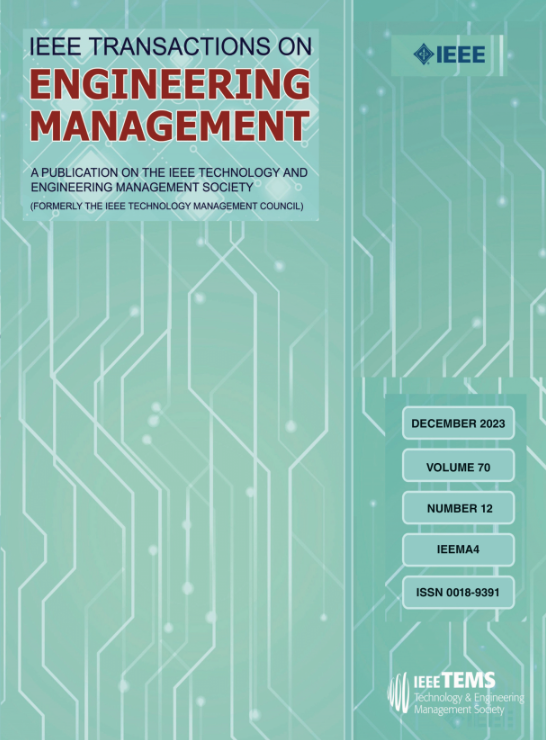3-D Hover Location and Drone Routing Optimization for One-to-Many Continuous Wireless Charging Problem
IF 4.6
3区 管理学
Q1 BUSINESS
引用次数: 0
Abstract
The Internet of Things presents a significant economic value potential, where sensors play a crucial role in its infrastructure. However, the restricted electricity of sensors limits the lifespan of the entire network. The development of modern charging technology has made it possible to realize simultaneous one-to-many charging using drones. To make better use of this charging technology, this article investigates the problem of charging sensors by drones in three-dimensional (3-D) space. Differing from the existing literature, the 3-D hovering location of the drone affects the number of sensors being charged simultaneously and consequently the service time of charging. Additionally, we consider the scenario where multiple drones serve sensors in the same area, necessitating the assurance of continuous charging services. We propose a mixed integer formulation model to minimize the total cost of completing the recharging task. To solve this problem, an improved genetic algorithm is developed. Extensive experiments are conducted to show the superiority of our proposed method, the effect of one-to-many wireless charging mode, and the sensitivities of the results to the parameters including charging radius and wind scale. This article contributes to further insights into the optimization of wireless charging strategies for sensor networks and other similar problems.一对多连续无线充电问题的三维悬停定位与无人机路径优化
物联网具有巨大的经济价值潜力,传感器在其基础设施中发挥着至关重要的作用。然而,传感器有限的电力限制了整个网络的使用寿命。现代充电技术的发展,使得利用无人机实现一对多同时充电成为可能。为了更好地利用这种充电技术,本文研究了无人机在三维空间中对传感器进行充电的问题。与已有文献不同的是,无人机的三维悬停位置会影响同时充电的传感器数量,从而影响充电的使用时间。此外,我们还考虑了多架无人机在同一区域为传感器服务的情况,这就需要保证持续的充电服务。我们提出了一个混合整数公式模型,以最小化完成充电任务的总成本。为了解决这一问题,提出了一种改进的遗传算法。通过大量的实验验证了所提方法的优越性、一对多无线充电模式的效果以及结果对充电半径、风标等参数的敏感性。本文有助于进一步了解传感器网络无线充电策略的优化以及其他类似问题。
本文章由计算机程序翻译,如有差异,请以英文原文为准。
求助全文
约1分钟内获得全文
求助全文
来源期刊

IEEE Transactions on Engineering Management
管理科学-工程:工业
CiteScore
10.30
自引率
19.00%
发文量
604
审稿时长
5.3 months
期刊介绍:
Management of technical functions such as research, development, and engineering in industry, government, university, and other settings. Emphasis is on studies carried on within an organization to help in decision making or policy formation for RD&E.
 求助内容:
求助内容: 应助结果提醒方式:
应助结果提醒方式:


